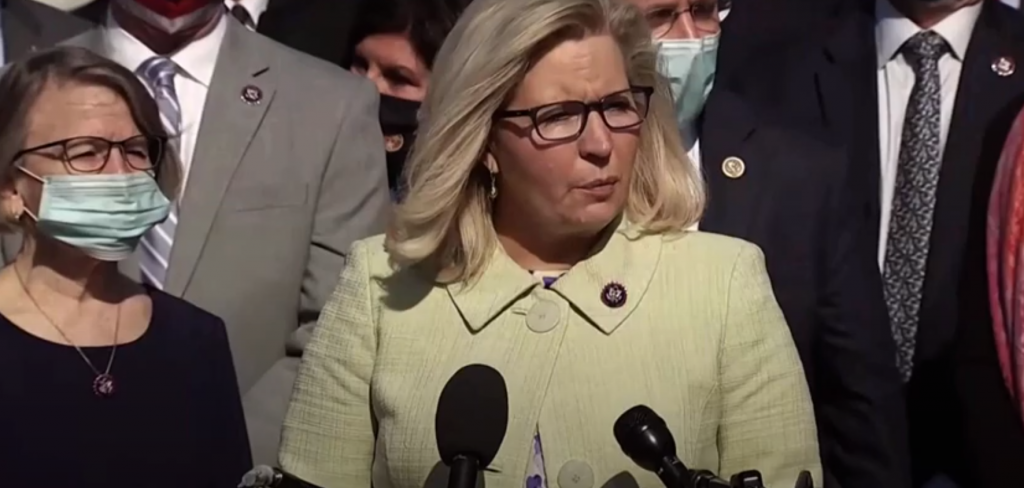Working Remotely isn’t a Viable Solution for Most People
Written by Mac Morey on March 11, 2021
Being a full year into the COVID-19 pandemic, there are some things that have become normal but just one year ago we would have thought were crazy.
One of those things is working from home.
According to FlexJobs.com, an estimated 26.7% will still be working from home through 2021, 36.2 million Americans (22% of the workforce) will be working remotely by 2025. This is a staggering 87% increase from the number of remote workers prior to the pandemic.
With the various vaccines now having been on the market for a while now, it is time to get more testing at work sites to help the economy. Studies show that 95 million Americans, or 60% of the workforce, are unable to work remotely.
Interestingly enough, in Wyoming, a little over 46% of jobs cannot be done remotely.
The vaccine is going to be a huge aid in everything reaching normalcy again, but with different variants of the virus and the multitude of reactions the human body will go through it is not a ‘one size fits all’ kind of solution.
To get the economy working now, the data suggests it is vital for employers to increase at-work and at-home testing for employees to keep them healthy, so their businesses stay open.
US Drug Test Centers today released a report, Impact of Employer COVID-19 Testing on Jobs by State, after analyzing data from the U.S. Bureau of Labor Statistics on job losses from December 2019 to December 2020 and the percentage of jobs in each state that can’t be done remotely.
Here are Key Findings:
- In Wyoming, 5,724 jobs were lost in 2020, down 4.3% and the mining and logging industry are projected to see the biggest comeback in 2021 with <10% of jobs returning.
- In 48 of 50 states at least 50% of all jobs cannot be done remotely.
- The five states with the highest percentage of jobs unable to be done remotely include: Vermont (74.5%), Nebraska (74.2%), South Carolina (72.8%), Washington (72.7%), Colorado (71.9%). Mississippi has the lowest at 37.5%.
- The leisure and hospitality industry would benefit the most from increased at-work testing since 87% of jobs cannot be done remotely. Followed by construction (83%), trade/transportation/utilities (74%), other services (69%) manufacturing (64%) and education and health services (51%). The financial industry has the lowest at 22%.




